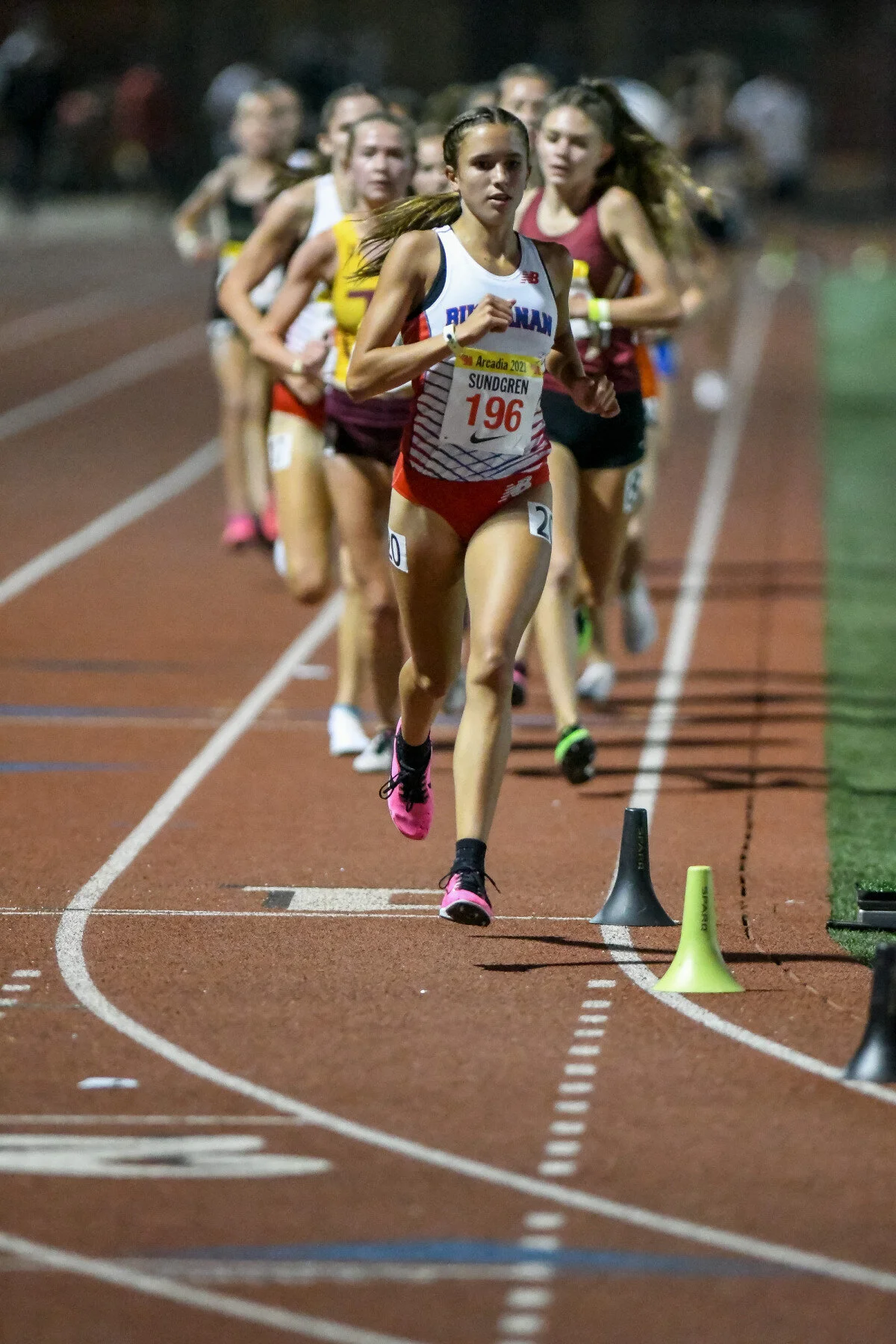College Track and Field Recruiting For High School Juniors
Your junior year of high school is winding down and the NCAA Covid related recruiting restrictions are coming to an end. Many college programs have completed their recruiting classes for this year and are now focusing their efforts on next year's class -- this year's juniors. With recruiting returning to more traditional methods, you must prepare yourself now to take full advantage of this process. If you are finding yourself not being heavily recruited it is time to reevaluate your college search process. Obviously, there is still plenty of time to devise a strategy and create an outreach plan, but that time is here.
Here are a few suggestions to help you find the right fit for you.
1. Cast A Wide Net
Your junior year is about seeing what's out there and what kind of school might be a good fit for you. If you have not yet done so create an expansive list of schools/programs that meet your specific needs and desires. Among factors to consider are affiliation (NCAA I, II, III, NAIA and JUCO), competitiveness of the program, cost of attendance, quality of education, geographical location, intended academic major, enrollment size, public vs. private, and other factors that matter to you.
Think about what may impact your athletic experience the most like coaching style, athlete retention, and success of the program. Determine if you are a good fit athletically -- many schools post their recruiting standards online.
Know what the academic requirements are for the schools you are considering to determine if you are potentially admissible.
Continually revise your list. During my coaching career, I often saw recruits close doors too early. They would rule out programs in their junior year of high school based on a variety of factors and then end up scrambling in the end when Plan A did not work out. Make sure to keep Plan B in play as to not have to settle for Plan C at the last minute.
2. Fill Out Online Recruiting Questionnaires
The online recruiting questionnaire is a good first and simple means to initiate communication with a program. It allows the coach to assess if you are a good fit for their program. In a recent interview with the Recruiting Code, Duke University head women's cross country coach Rhonda Riley was asked, "What are the important steps for an athlete to get noticed by you?" She responded, "The two ways to get on my radar are to fill out our online questionnaire and to follow up with an email. When a high school athlete takes the time to send an email with their contact information, personal best marks, academic information etc. it means they are serious about considering Duke as a potential university." Online recruiting questionnaires are typically very easy to find on individual schools' track and field websites.
3. Contact College Coaches
Over the span of my 30-year coaching career, I learned that communication is the most important element to reaching your goals. If you have not yet started -- start reaching out to college coaches from the schools on your list. You will be surprised at how effective personally reaching out to coaches will enhance your recruiting experience.
Proofread every email before hitting send. A great deal of communication in the early phases of the recruiting process is going to be cut and paste on both sides, however, making a simple mistake can dehumanize the process and render the remainder of your communication less credible. Make sure you are addressing the proper institution and coach. I cannot tell you how many emails I received from recruits specifically addressed to a rival coach expressing their interest in a rival school.
Send updates on a regular basis. Most coaches receive dozens of emails from recruits each day so it's important that you keep yourself on their radar.
(Note if you are not hearing back from schools at the top of your list...try, try again – and, then move on - Send another e-mail to the programs you have an interest in who have not yet contacted you or responded back to your previous communications. I would suggest an email expressing your sincere desire to attend their school and compete for them directed to both the Head Coach and the event coach who would be coaching you. If you still don’t hear back from them it is probably time to cross them off of your list)
4. Utilize Unofficial Visits!
Unofficial visits can help you gather significant information about individual programs and schools. Starting on June 01, you once again have the opportunity to meet the coach in person, tour the college, check out the athletic facilities, and possibly meet current team members.
Do your homework – understand their specific Covid guidelines, know who and where you are visiting. Have a keen understanding of the unique strengths of each school and team, as it will show the respective coaching staff how serious you are about their program. Use this time to learn as much as you can about the program and coaching staff. Identify the factors that will be most important to you in determining if you will return for an official visit. Have a short list of specific questions ready that address the most critical factors in your college decision.
There is no imposed limit on the number of unofficial visits you may take, so take as many as possible. There is no better tool to help you hone in on the best school/program for you.
In Summary
Your junior year is quickly passing and it is time to start seriously considering where you want to continue your academic and athletic pursuits. Do not be passive -- start reaching out to college coaches now. Be aggressive in your outreach and email every program that you are interested in, regardless of the perceived reach. Be your own greatest advocate and take charge of your future.

